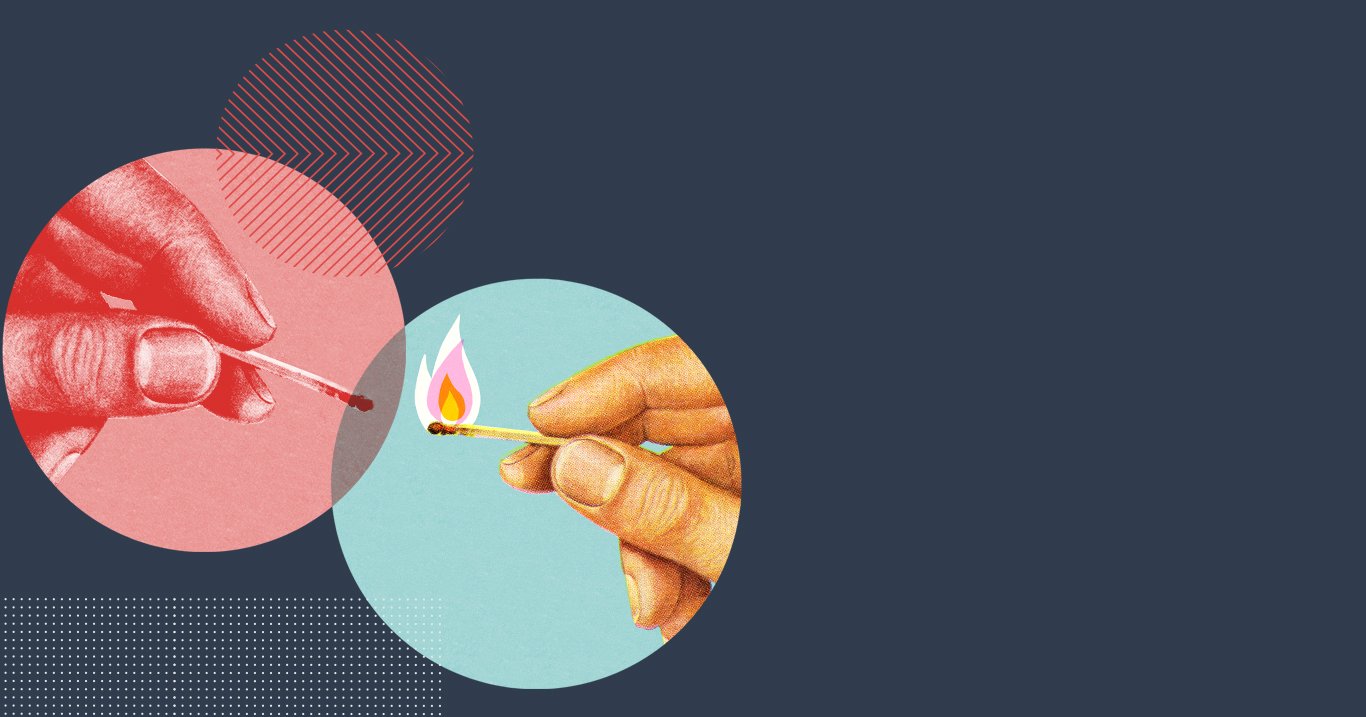- Home
- Challenger insights from the Door No. 3 team
- Programmatic Ad Buying & the Ever-Changing Consumer
Programmatic Ad Buying & the Ever-Changing Consumer
First things first. What even is programmatic ad buying?
Programmatic ad buying, to use layman’s terms, is having one computer communicate with another computer on an ad buy. Think of it as software that is used for the buying and selling of advertising in real-time. With this software a marketer is able to buy specific audiences using tons of data to serve the right ad, to the right person, at the right time. It has helped make a media buying process that was done manually more efficient by removing the need for human negotiations, manual insertion orders and any human error that could happen. Humans...so passé...
Why is it important to a challenger brand?
Programmatic isn’t just a smart approach – it’s highly accessible. Programmatic levels the playing field. After all, marketing works best when you deliver the right message to the right consumer at the right time. This is where programmatic buying comes into play. It offers challengers the chance to more effectively reach their audience with the proper message, in real-time and at scale. Boom, a digital trifecta.
The battle for the Micro-Moment
Our days are comprised of potentially thousands of intent based decisions, which Google has coined as Micro-Moments. It is in these daily moments that behaviors and decisions of a consumer are made. As technology advances, the attention of users is being pulled in multiple directions. Think about how often you watch TV while browsing on your smartphone. This behavior is having a tremendous impact on the path to conversion for a user. And it is here that programmatic can be incredibly beneficial. Programmatic can be used to take advantage of these Micro-Moments and serve the ad at the right time, to the right person.
So how then can you win the battle for these moments? Let’s pop open the Challenger Toolbox, shall we? Here are three steps and three real-world examples of how it can work.
1. Gather Audience Insights
The first actionable step to impact change and behavior in a consumer is to collect and analyze audience insights. This not only gives you a blueprint for how your audiences can be bucketed, but can track their path to conversion and what affected that path. With this information in hand you can identify when those Micro-Moments happened and what drove them down the funnel.
Real-World Example: Boosting online enrollments.
NorthStar Financial, a client of ours, came to us with a tough problem. They needed to increase enrollments in a 529 college savings plan, meaning they had to convince parents with young kids that they needed to start putting money away for college while they’re still buying diapers. We needed to increase incremental sales and expand brand awareness to those parents and grandparents.
So what’s an agency to do? We began by tracking each step of the online enrollment funnel to build an online persona based on users who flow through the entire funnel to conversion. That way, we could identify people who were similar to that persona and get ads in front of them to help them convert.
The result? An 18% increase in year-over-year enrollments and click-through-rates that doubled the industry average. We’ll call that a win.
2. Invest in Creative
No matter how much strategic programmatic ad buying you are doing, if you’re not pushing the right message with resonating creative, what’s the point? So far, you’ve identified the patterns of behavior involved in the conversion funnel, but now you need to pair this knowledge with creative messaging that sticks with your target audience at these critical moments. Again, the benefit of programmatic is serving the right ad, to the right person, at the right moment, but you have to create the messaging. Through the gathering of audience insights and behavioral patterns you have the right person and right moment identified—so it’s up to you to make sure it’s the right message.
Real-World Example: Making transit sexy.
How do you increase bus and rail system ridership in a “car culture” state? You start with a deep data dive. And we dove deep. We scoured audience insights and found that our client’s target rider has an interest in night-life, style and the Austin music scene. So with some data on the fears and hesitations of taking public transit, we created a series of fun “How-To-Ride” videos featuring local trendsetters and tastemakers including Grammy award-winning musician Adrian Quesada, lifestyle blogger Nikisha Brunson and mixologist Justin Lavenue. We also created five urban adventures to help encourage trial – each one sending residents to hot spots around Austin’s urban core via bus or rail.
And it worked. Since the campaign launched, there have been dramatic increases in tickets sold (+57%), accounts (+21%) and app downloads (+19%) vs. the same time period the prior year.
3. Measure Often
You can leverage programmatic all you want but if you’re not answering the question: “Did it work?” you’re not doing it right. Measuring results against your key performance indicators (KPIs) is the most important metric of a successful campaign. Did you see a brand lift? Did you hit your cost-per-conversion goal? What was your return-on-ad-spend? This is perhaps the best thing about digital and programmatic – it’s really, really measurable.
Real-World Example: Driving traffic to Texas.gov.
One of our clients, Texas.gov, needed to show Texas drivers that you can actually renew your license & registration online and skip the lines at the DMV. What’s the best way to track online conversions? Through an online campaign, of course. Our big KPI was increases in online renewals, year-over-year. So, part of our reporting included tracking the first visit to conversion ratio, which allows us to ensure we are reaching the right audiences, with the right creative. By knowing how long the buying cycle is and how many ads it takes to convert we are able to increase campaign efficiency and performance.
The result: a 12% increase in online vehicle registration renewals and a 16% increase in online driver license renewals.
Challenger takeaway: Digital media has been democratized such that challenger brands can leverage the same tactics as their category leaders. Programmatic is one tool in the toolbox to help transform a challenger into an Empowered Challenger. When you consistently have the right message at the right time to the right audience, you can’t be beat.
Photo by imgix



